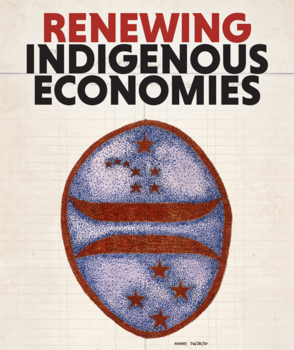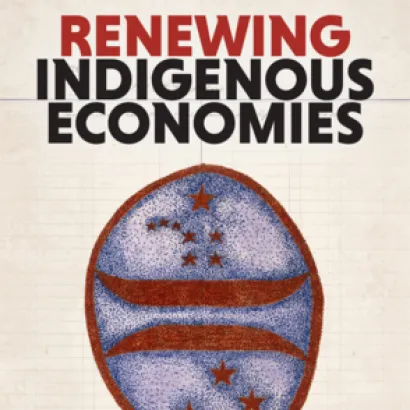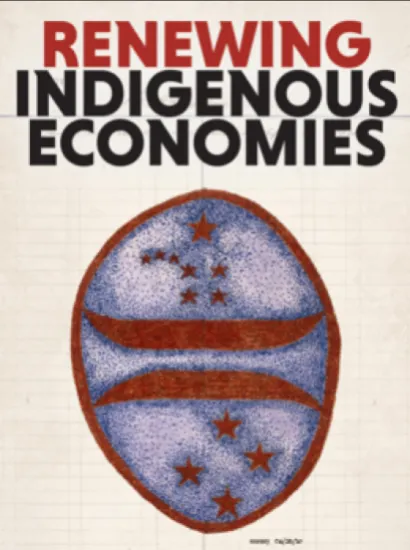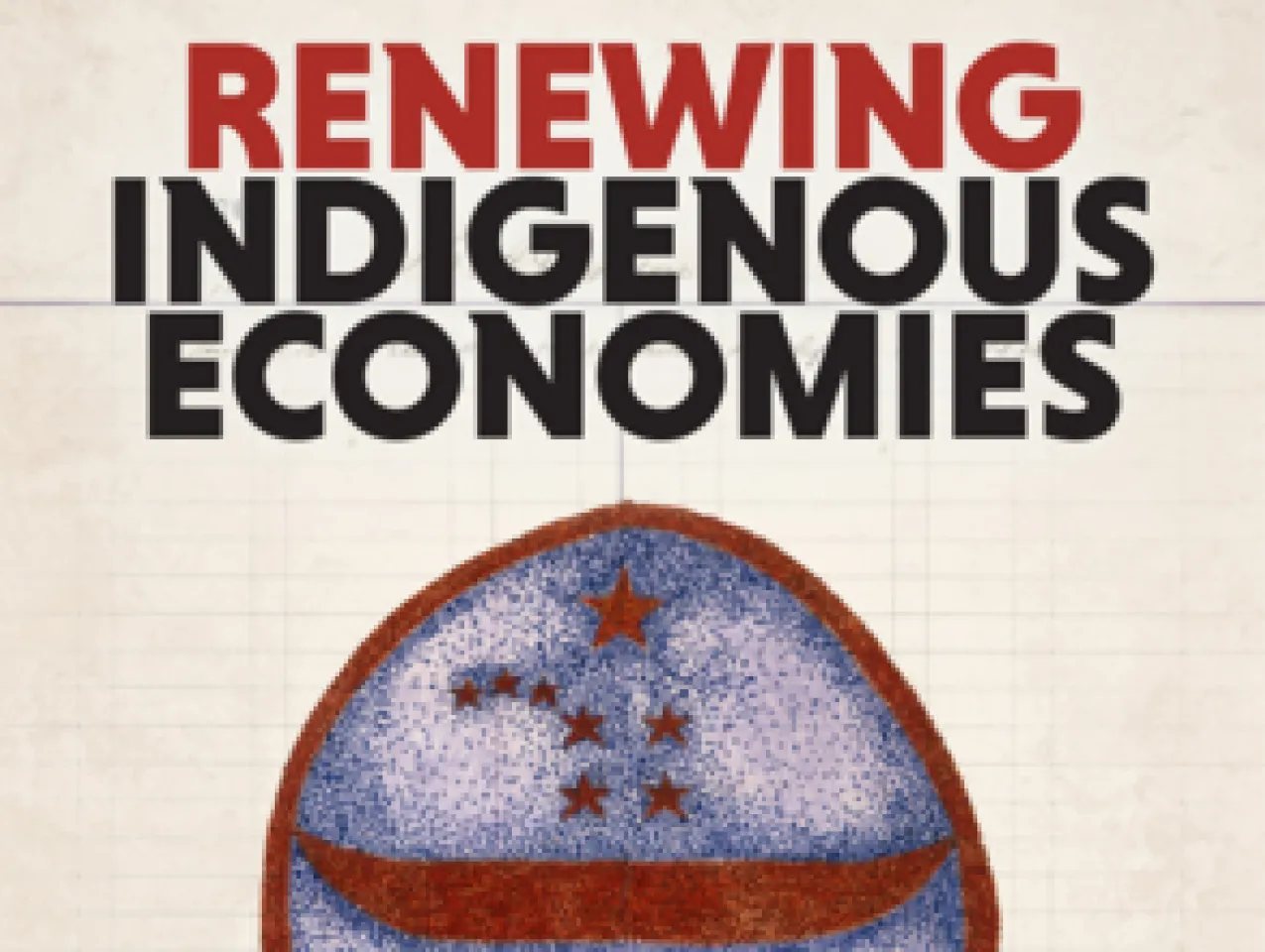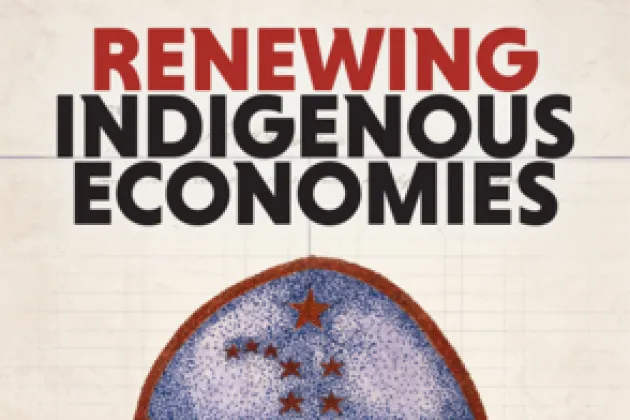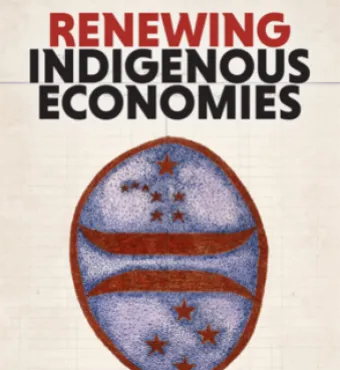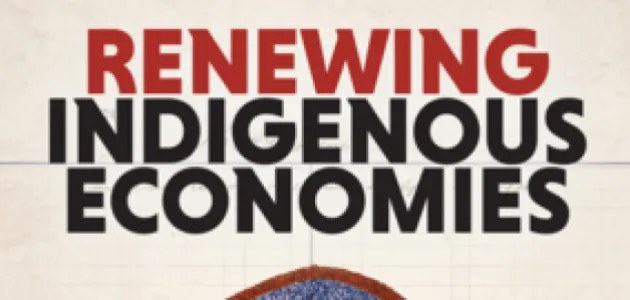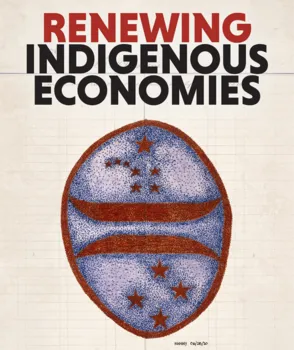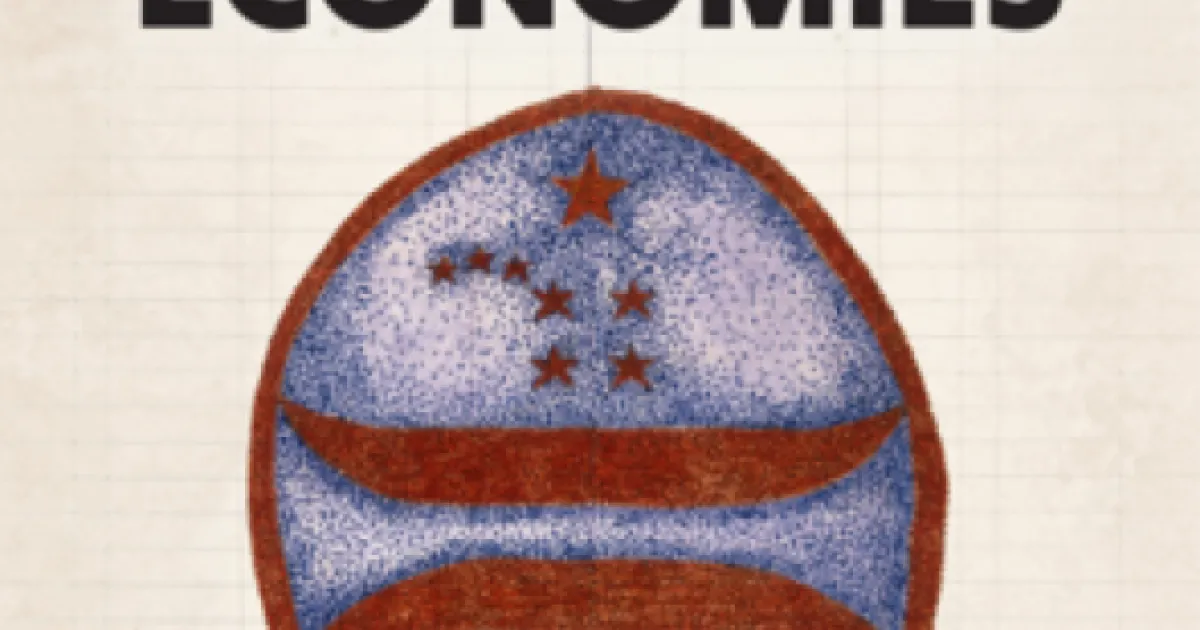- Economics
- Answering Challenges to Advanced Economies
- Empowering State and Local Governance
Publication date: June 1, 2022
The history of Indigenous economies in the Americas presents a puzzle: When Europeans first encountered Indigenous peoples, they discovered societies with high standards of living, vast trading networks, and flourishing markets. But colonizers changed the rules of the game, and by the twentieth century, most Indians had been forced onto reservations and saddled with institutions inimical to their customs and cultures, and incompatible with wealth creation.
As a result of being wrapped in the federal government’s “white tape,” these once thriving societies are today impoverished and dependent. This volume charts a course for reversing the decline in Indigenous economies and establishing a path to prosperity based on secure tribal property rights, clear jurisdiction and governance, and fiscal and financial power. It explains how the rules of the game promote or hinder the development of wealth; gives an overview of institutional conditions in Indian Country today; and identifies improvements with significant potential to renew Indian economies. Both data and contemporary stories of success and failure illustrate how revitalizing institutional frameworks can restart the engine of economic growth to generate business and employment, raise living standards in Indian communities, and, most importantly, restore the dignity Native Americans once had and still deserve.







